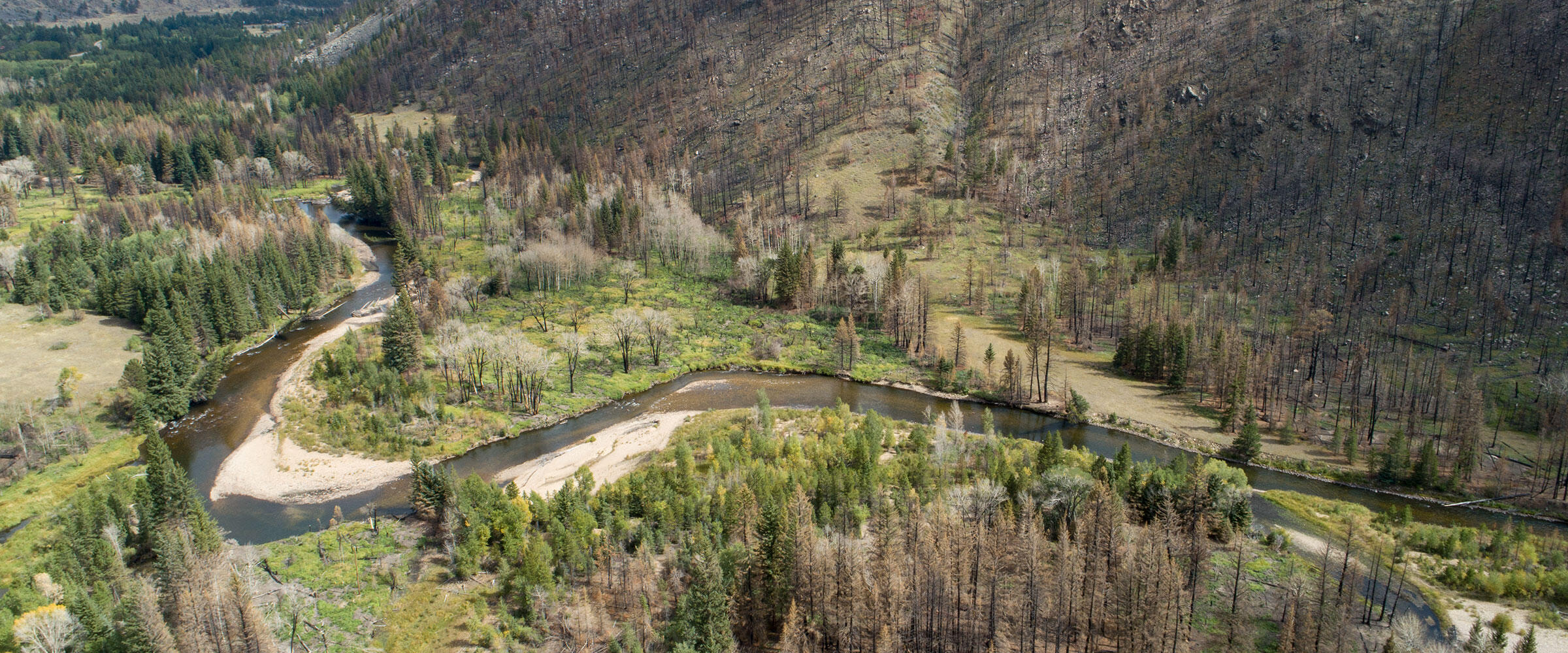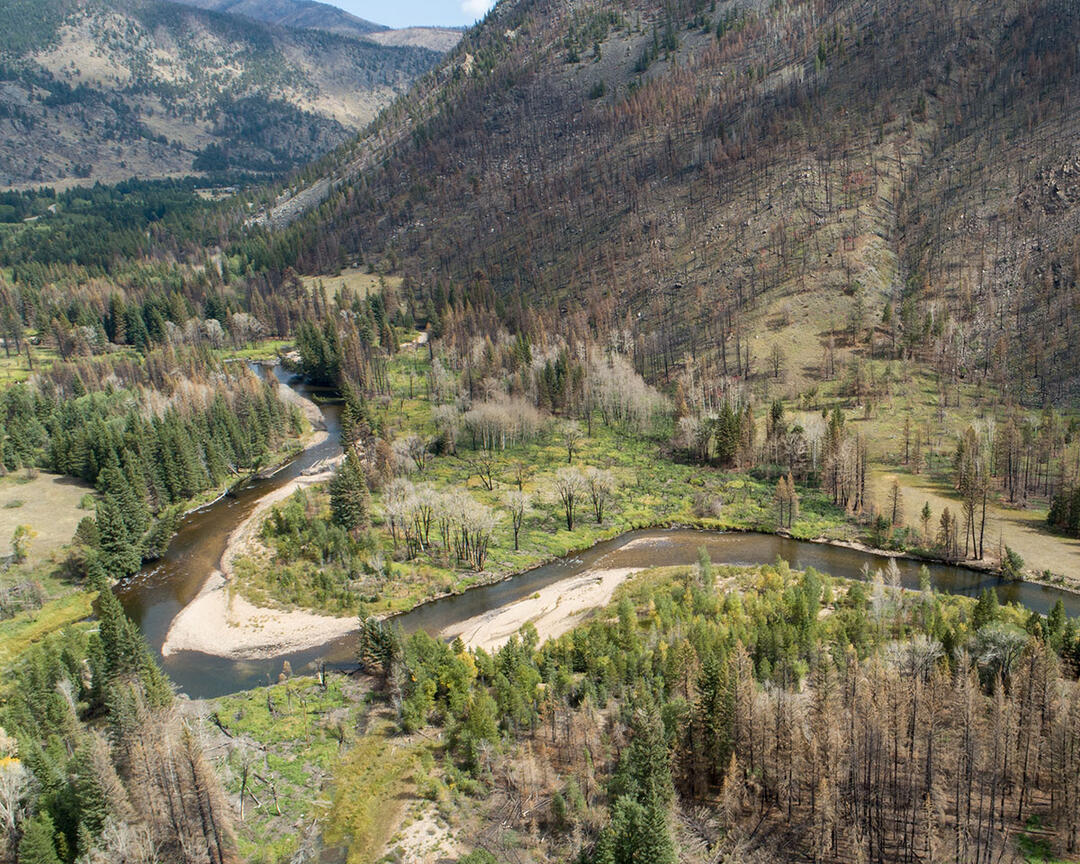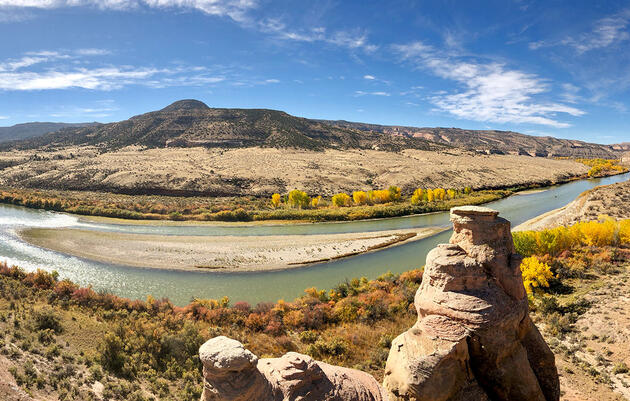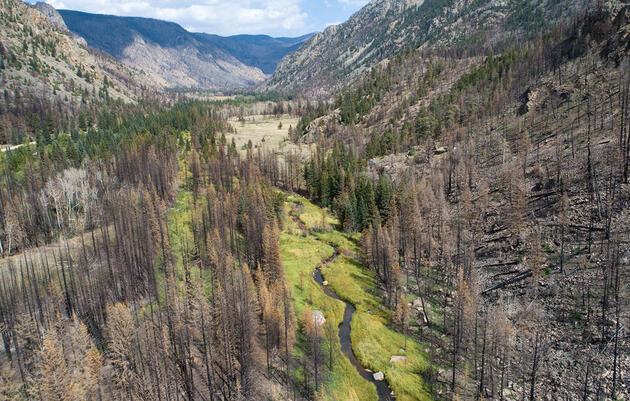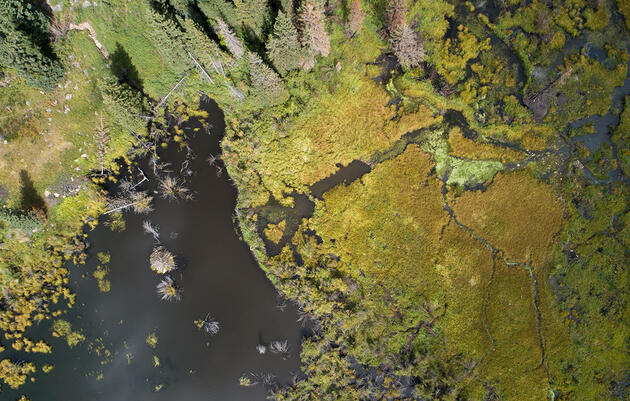Colorado’s ability to thrive is tied directly to the health of our watersheds. According to the Colorado Water Plan, 80 percent of Colorado's clean, reliable drinking water comes from these forested watersheds. Both watersheds and forests are critical elements of our natural systems and provide a multitude of benefits for birds and people. To name just a few, both forests and water systems purify air and water, maintain soil quality, buffer against climate change, offer ecosystem services, and provide habitat for birds and wildlife.
To learn more about the vital relationship of watersheds and forests, Audubon Rockies staff spent time with Fort Collins resident Poudre Canyon Fire Protection District wildland firefighter, Karl Brown, to learn about his lifelong journey to improve our lands.
“If I can make it better than when I got there, I will” he says proudly, as our conversation begins. With a wealth of knowledge in forest sciences and biology, decades of Scouting and time in the woods, Karl Brown is an invaluable asset to any community. Recently retiring from 37 years of federal service, Karl now spends his time with his other half, Judy, both enjoying and improving the lands that surround them.
Karl is both an expert and a steward of the land—and we would like to share some of his story with you. Here’s what we learned.
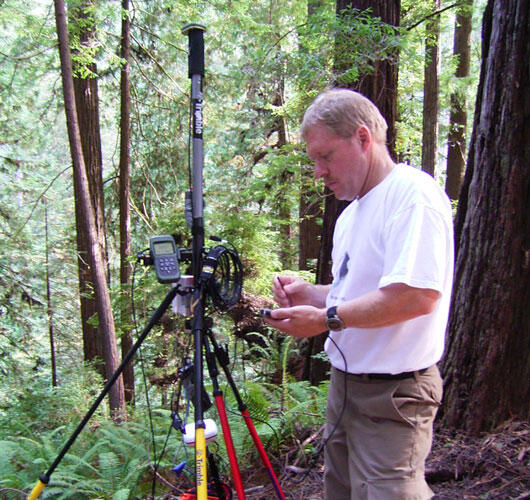
What is ‘good’ forest management? Are there implications for river corridors? And what’s involved?
To Karl, a simplified explanation of ‘good’ forest management is managing in a way that’s going to produce what the landowner wants, does not harm biodiversity, is sustainable, and maintains the ecological functions that are needed to form the forest.
A prevailing challenge is that too many forests have been ignored, deprived of natural fire, and allowed to become too overgrown. As a result, we are left with forests choked with understory, too many trees, and an uncontrolled response to fire. Natural factors, such as fire, are cleansing agents that control density and are not occurring as often. If they are, those fires don’t always behave in a desirable way. This is often a result of an unhealthy forest.
In order to maintain a stable watershed, we need fire-resistant forests. That is, forests with a natural amount of fuel, which will ultimately create a sustainable forest system. Karl emphasizes this isn’t a one-time project, but rather an ongoing process.
As for river corridors, that is a system that is naturally fire resistant and therefore, fire behavior is expected to change and slow down when it reaches one. The biggest implication of forest management for river corridors is to preserve biodiversity because all ecological functions are present in a wetland.
To define ‘good’ management and how to measure the ‘good’ is no simple task. It is contingent on many variables. The process of good forest management involves identifying value and risk—both tangible (e.g., structures) and intangible (e.g., water and air quality)—that come with the landscape.
What role do healthy river corridors and their wetlands play in providing fire breaks? Can you recall instances where these fire breaks provided refuge for wildlife and maybe even livestock and people?
The three elements needed for fire are fuel, oxygen, and heat. Fires can’t maintain themselves when one of those elements are taken out of the equation. Riverine wetlands have fuel and oxygen, but they’re intrinsically cool and moist in nature, and the amount of energy required to dry them out renders them natural fire breaks.
It’s easy to assume healthy river corridors are safety zones for wildlife and people and provide fire breaks and refuge. However, it’s important to be cautious when making those assumptions. River corridors and wetlands do have the potential to serve as fire breaks (fire behavior is expected to change in these zones), but that doesn’t always mean the fire will stop. Additionally, while these areas can provide refuge, all wildlife don’t necessarily navigate to them during a fire. Animals are nomadic and often are aware of fire danger well ahead of time, leading them to seek out safety further out on the landscape.
With 80 percent of Colorado’s drinking water coming from forested watersheds, what are your top three recommendations for managing our forest landscapes (the forests, meadows, river/wetland corridors) that could support water supplies and habitat?
- There needs to be a net reduction in fuel to lower fire danger and crown fire potential. By changing the fuels you’re going to change fire behavior, hopefully to a level where it’s defensible.
- Consider forest treatments that protect the entire system. In line with the prior recommendation, this includes managing for a sustainable forest that has a healthy fuel balance and will not create a hazardous fire environment. This is a primary protection for the health of our river systems and water supplies.
- Create and maintain an active dialogue that explains how a healthy forest provides a healthy watershed. A healthy forest upstream will support a thriving river system; an unhealthy forest upstream will give you ash, debris flow, and devastation. This dynamic process needs to be widely understood by the general public.
The health of our forests plays a pivotal role in the overall health of our watersheds, our water supplies, and habitat for birds and wildlife. As Karl explains, managing forests is a dynamic blending of science with political and socioeconomic challenges. Even within ‘good’ forest and watershed management, there are challenges and tradeoffs. However, one thing that always remains true: these systems support us all—birds and people every day. Audubon extends a special thank you to Karl for sharing his time, experience, and passion for healthy functioning forests and watersheds.
References & Resources
Leaf, C.F.; Brink, G.E. 1973a. Computer simulation of snowmelt within a Colorado subalpine watershed. Res. Paper RM-99. Fort Collins, CO: Rocky Mountain Forest and Range Experiment Station, Forest Service, U.S. Department of Agriculture; 22 p.
Leaf, C.F., Brink, G. E. 1973b. Hydrologic simulation model of Colorado subalpine forest. Res. Paper RM-107. Fort Collins, CO: Rocky Mountain Forest and Range Experiment Station, Forest Service, U.S. Department of Agriculture; 23 p.
Troendle, C.A. 1970. The flow interval method for analyzing timber harvesting effects on streamflow regimen. Water Resources Research 6(1): 328-332.
Troendle, C.A. 1988. Effect of partial cutting and thinning on the water balance of the subalpine forest. In: Proceedings, future forests of the Mountain West: a stand culture symposium; 1986 Sept 29 - Oct 3; Missoula, MT. Gen. Tech. Rep. INT-243. Ogden, UT: Intermountain Forest and Range Experiment Station, Forest Service, U.S. Department of Agriculture.

